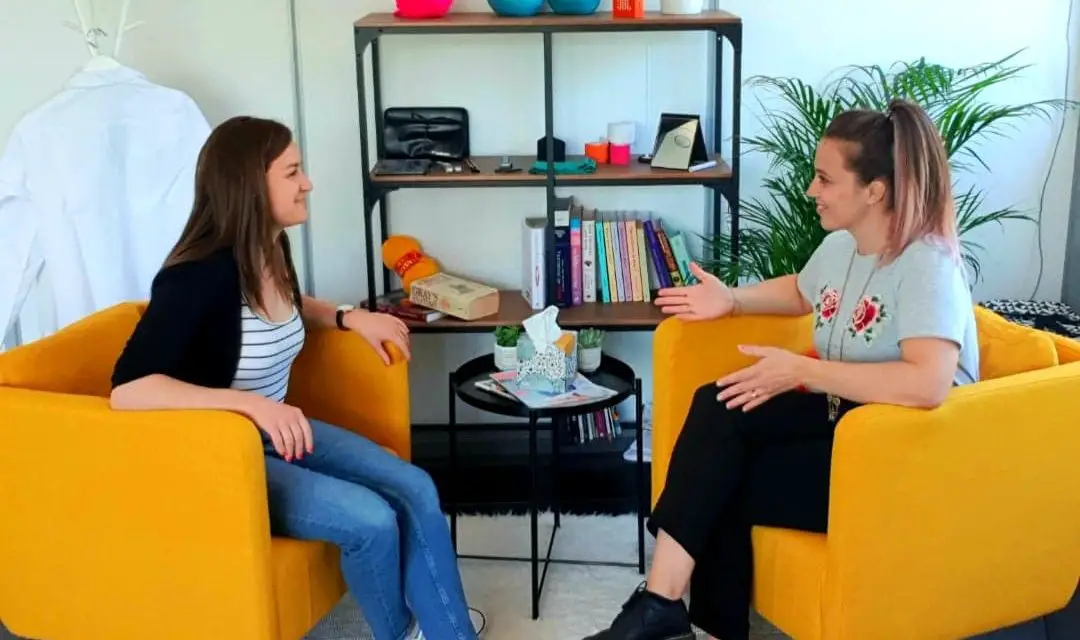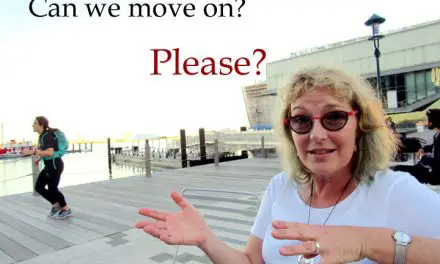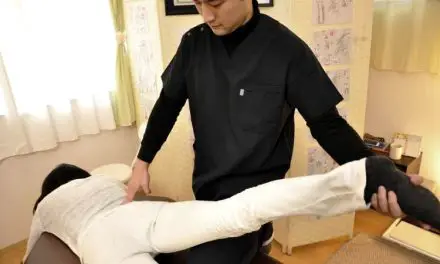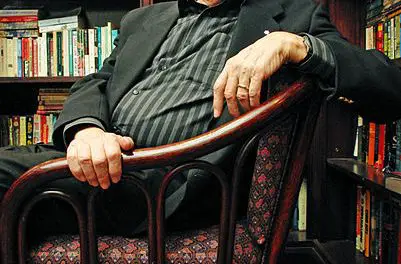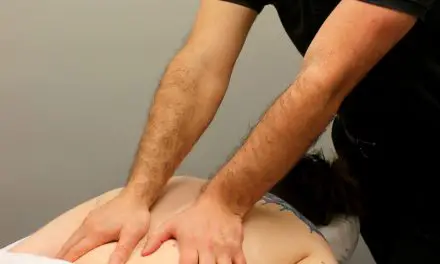While different countries in Europe have different legalities and scope of practice in various manual therapies, many practitioners are bound by a common interest in science-based practice. Like in the U.S. and Canada, some manual therapy continuing education still leans heavily toward the biomechanical and biomedical models of pain, which often associate with the degree of tissue damage or structural “abnormalities” like posture as a source of pain.
However, there is an increasing number of therapists who are shifting that paradigm to a modern narrative of pain. Dr. Romy Parker and Dr. Victoria Madden from the University of Cape Town in South Africa identified three main ideas that pain science had changed how physiotherapists think about pain, which affects their practice and patient communication:
“Pain is not a signal originating from bodily tissues. Rather, it is a compelling perceptual experience generated on the basis of an apparent need to protect tissues from harm.
“Pain is not an accurate measure of tissue damage.
“The plasticity of the nervous system means that the nervous system itself is a viable target of treatment.”
The selected courses and continuing education providers offer some solutions to bridging the gap of knowledge and translating research to practice. While most are less about hands-on techniques, they are more about how therapists communicate and apply the science and humanities behind the human pain experience, which can be used with almost any modality you already use.
(This list will likely expand later this year.)
Laura Rathbone (Netherlands)
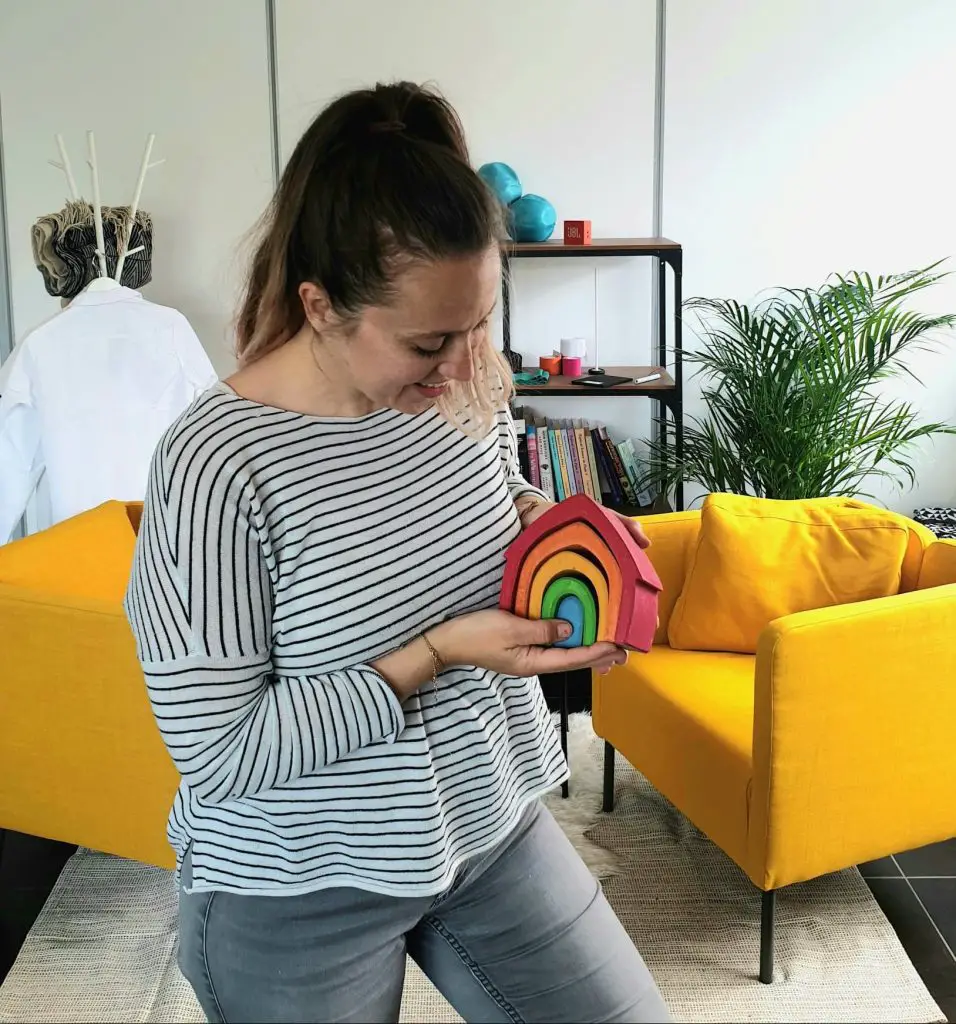
Laura Rathbone uses a model to demonstrate psychiatrist George Engel’s biopsychosocial model of pain. Photo courtesy of Laura Rathbone.
A former nursing assistant in the London, U.K., Laura Rathbone is a physiotherapist (since 2011) in the Netherlands who is part Le Pub Scientifique, a collaboration of pain experts connecting research with clinicians and patients in pain. She was trained in the U.K. as a physiotherapist and is also a lecturer at Hogeschool Arnhem en Nijmegen, teaching university programs in both the Netherlands and the U.K.
“I was interested in the power of rehabilitation and working with the adaptability of people and physiology,” Laura said. “I suppose when I started I was really attracted to this idea of changing the body without intervening upon it, but as my knowledge grew, I have become more person-centred than body or tissue-focused.”
Laura offers Acceptance and Commitment Therapy (ACT), a communication technique to help clinicians who are not psychologists or any mental health professionals in working with patients with chronic pain.
As part of her program, Laura offers Pain Geeks, “an ongoing reading project and subscription for people and clinicians wanting structure to their weekly reading and to watch author chats and be part of discussions.”
“I help teams to improve cohesion, update the science of pain and transition services to a biopsychosocial framework of delivery. This includes tailored education, supervision and recommendations for cohesive working,” she said.
Laura mentioned that most of the physiotherapists and other clinicians whom she had encountered are pretty savvy about the biopsychosocial model of pain. Like herself earlier in her career, she met many who had trouble bridging research into practice. This is why she teaches undergraduate and graduate physiotherapy courses.
“Oh yes. Much like in the U.K., all the clinicians I have come in to contact with here are very aware of bps-working. And just like in many places, and of course myself before I had extra support and development, some clinicians struggle with knowing how to integrate it. Teaching on the undergraduates of physiotherapy and on the post-graduate degrees in clinical psychology, I can see and understand the struggle.
Read: [Neuromatrix Theory of Pain for Manual Therapists]
“If we are going to take the transition to [biopsychosocial model] seriously, [since] biomechanical and biomedical [models] dominate the profession, we will need to invest in the training that will take us outside of this,” Laura said.
“Exploring a psychotherapeutic model in-depth is one way of doing that. It will help you feel more comfortable using psychologically-informed approaches and nurture your skill flexibly with the individual. We need to remember, though, that we are interpreting something like the ACT model for physiotherapists.
“So whilst the model and the skills are psychologically-based, the way we integrate them into [musculoskeletal] care and therapy means it is likely to look different for us than for psychologists using this model. I structure the course very loosely. As a group we develop our learning targets in the first week, and we work towards them over four weeks and beyond. Each course is individualized to each group because each group has different people, with different clinical backgrounds and experiences. I try to facilitate the learning to make room for all that. That’s why the group sizes are small and are limited to groups between 10 to 15.”

Photo courtesy of Laura Rathbone.
Laura would like to “bring care” back into healthcare. She attributed this approach from her mother.
“My mum was a nurse and I suppose this is an extension of her values and the values she gave me which has affected my clinical practice,” Laura said. “I think in our speed to understand tissues, we have forgotten to bring along care, communication, and person-centred support. This isn’t the fault of the clinicians; it’s at the level of the system which continues to squeeze appointment times down, under-pay clinicians, over-expose early career physiotherapists and renege on the commitment to meaningful supervision and continued biopsychosocial professional development.
“So I think we need to bring back ‘care’ not just for the people who choose to work with us in the clinic, but also towards our colleagues and clinicians. I think we lost a lot when we started using the word ‘therapy’ and dropped the word ‘care.’ We forgot. We forgot that ‘care’ is our commitment to the people we work with. I would like to provide accessible ways for clinicians to feel supported, grow their skills as biopsychosocial providers of care, and ultimately, improve the care for people experiencing complex and persisting pain.”
In addition to working virtually with teams or individual clinicians across Europe, Rathbone offers coaching sessions for people living with chronic pain.
“It’s certainly not what I expected when I signed up to do a physiotherapy degree! My current role has far exceeded what I could have ever imagined!”
Read [Top Massage Therapy Continuing Education in the U.S. and Canada]
Vigliano de Cupis (Italy)
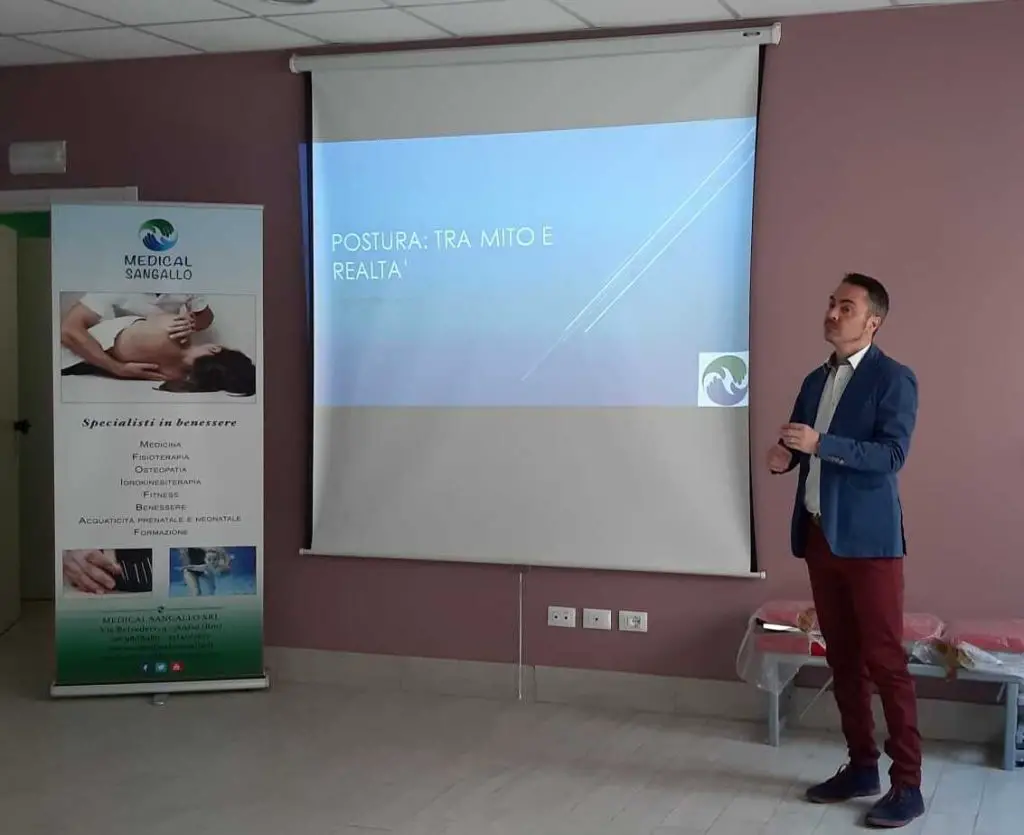
Vigliano de Cupis presents his course at his clinic Medico Sangallo in Anzio, Italy. Photo courtesy of Vigliano de Cupis.
In the cozy city of Anzio along the western coast of Italy—just about 55 kilometers south of Rome—physiotherapist Vigliano de Cupis started a project called “Terapista Soddisfatto,” literally meaning “satisfied therapist.”
“The goal of this project is to help every [clinician] who works with people in enhancing their wellness and health condition. I would teach the success or failure of a therapy or an approach because of ‘contextual factors’ rather than the specific technical knowledge,” de Cupis said. These contextual factors include gender, age, religion, ethnicity, comorbidities, and patient’s trust in the clinician.
Adopting the biopsychosocial model of health approach, he emphasizes on listening to patients’ needs and paying closer attention to non-verbal cues. This approach could help clinicians acknowledge their limitations so they can improve their communication skills with a different perspective. De Cupis said that the failure of a treatment “is not a person’s failure but a failure of the relationship where both people are involved: the therapist and the patient/client.”
De Cupis teaches at his physiotherapy clinic Medical Sangallo in northern Anzio. With more than 20 years of experience, he had followed different continuing education courses from around the world, including those from the U.S. and Europe.
“I became a physiotherapist because I’ve always had this attitude to help people,” de Cupis said. “I remember I was undecided between being a physician or a physiotherapist. So I started to closely observe my father, who is an orthopaedic surgeon. It was during high school. I went to the hospital where my father worked. I watched him doing some quick visits. Then I discovered the physiotherapy area of the hospital. I’ve been really fascinated. I remember this therapist spending a lot of time with patients, talking to them, sometimes playing with them. I don’t know why but I realized that this was going to be my job.”
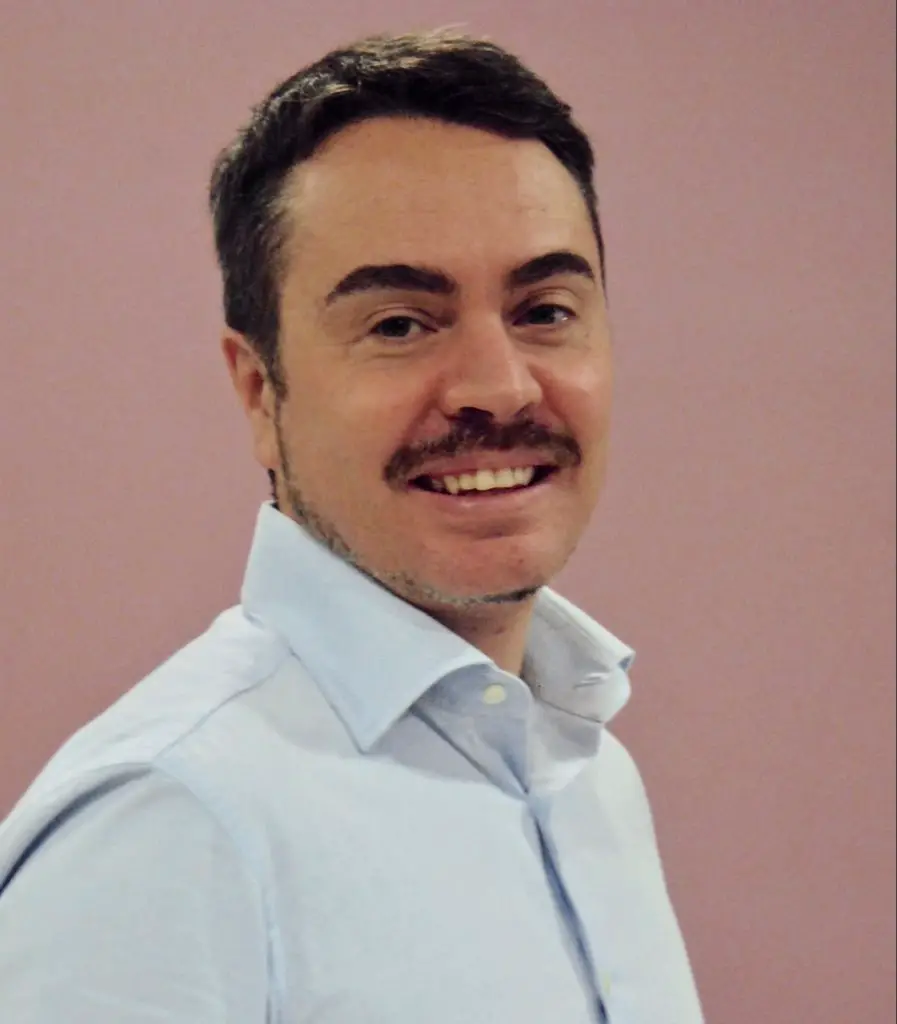
Photo courtesy of Vigliano de Cupis.
It appears that the biopsychosocial approach to health care already exists among most of Italy’s health professionals, but de Cupis mentioned that they may understand it in an “unconventional way.”
“I try to better explain it. I think that they know the importance of the biopsychosocial approach but they don’t know how to bring it in their clinical setting,” he said. “Sometimes they don’t have academic preparation for this topic. Sometimes they don’t know what kind of clinical tools are useful or how they can integrate all of them together. They generally understand that there’s something behind the wellness of a person that is not only the absence of pain or disease but no one told them what.”
De Cupis hopes that his course would help improve therapists’ practice by giving them a different perspective from what they see everyday at work. “I can help them to build a better and stronger therapeutic relationship with their clients or patients by using the contextual factors. I can help them to improve their authority towards people they are working with. They could improve their language skills and understand how to gather biopsychological elements useful to better outcomes.”
Visit here for more information about Terapista Soddisfatto.
Lars Avemarie (Sweden)
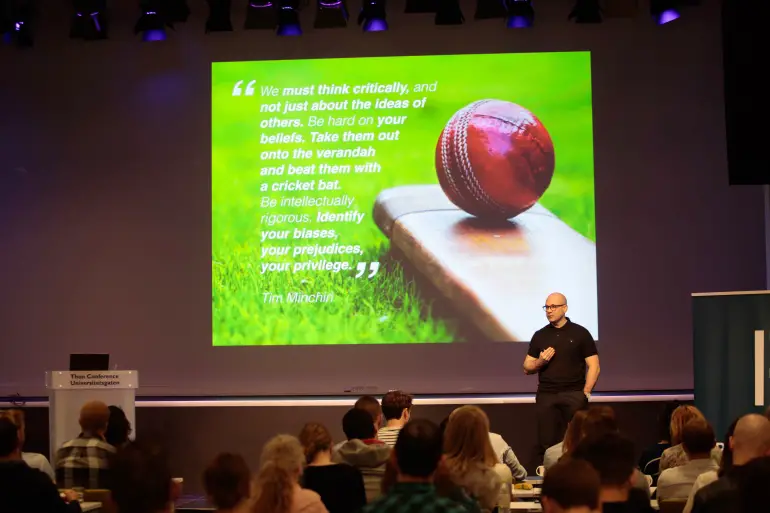
Lars Avemarie presents at the 2018 PainCloud conference in Oslo, Norway. Photo by Caroline Silvernail.
Besides working full-time as a physiotherapist in Skåne, Sweden, Lars Avemarie teaches a weekend course for healthcare professionals that attempts to “reimagine and reframe” how they understand pain and communicate that information to patients.
“We know more about pain now than we ever have, but this gold mine of knowledge we have from modern pain research is not being used,” Lars said.
“In my course, I teach a step-by-step approach that views patients as experts in their own right,” Lars said. “The approach also acknowledges pain as a personal experience that can be influenced by many other factors than ‘issues with the tissue,’ like fear, beliefs, avoidance behavior, genetics, stress, and environmental factors.”
His course, “Neuroscientific painmodulation,” is accredited by the Royal Dutch Society for Physical Therapy and is offered worldwide with a focus primarily in continental Europe and the U.K. Lars emphasizes that pain has multiple factors, which needs to be considered for all clinicians who work with people in pain—especially chronic pain.
“A long as I can recall, I have had a passion for teaching. I started to teach in the pain field because I realized that other health professionals could learn from my errors and hopefully ‘cross the chasm’ more easily than I with my help,” Lars said.
Lars started to question what he learned about pain and movement when he was a personal trainer working with many clients with injuries and chronic pain. Back then, the predominant idea behind pain is strongly associated with muscles, joints, posture, and various body alignments. This trend is still strong in the manual therapy and fitness professions. However, the body of pain research points the opposite direction.
“Many physiotherapists and some personal trainers know what the biopsychosocial model of pain is, however, the problem is implementation,” Lars said. “When we look at what physiotherapists do with people living with pain, it is almost purely done with a traditional biomedical framework.”
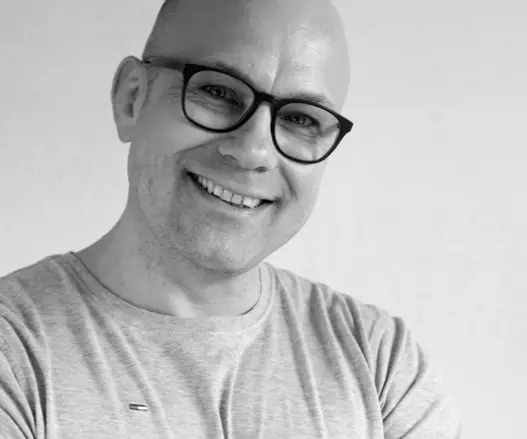
Photo courtesy of Lars Avemarie
“My hope for the future is that clinicians update their clinical reasoning so they make clinical reasoning based upon the current consensus, as well as use the gold mine of knowledge we have from modern pain research. We need to reimagine the approach to people living with pain. Research can encourage and facilitate clinical change, but it does not help people. The skillful clinical reasoning of an updated clinician does.”
For more information, visit Larsavemarie.com.
A native of San Diego for nearly 40 years, Nick Ng is an editor of Massage & Fitness Magazine, an online publication for manual therapists and the public who want to explore the science behind touch, pain, and exercise, and how to apply that in their hands-on practice or daily lives.
An alumni from San Diego State University with a B.A. in Graphic Communications, Nick also completed his massage therapy training at International Professional School of Bodywork in San Diego in 2014.
When he is not writing or reading, you would likely find him weightlifting at the gym, salsa dancing, or exploring new areas to walk and eat around Southern California.

